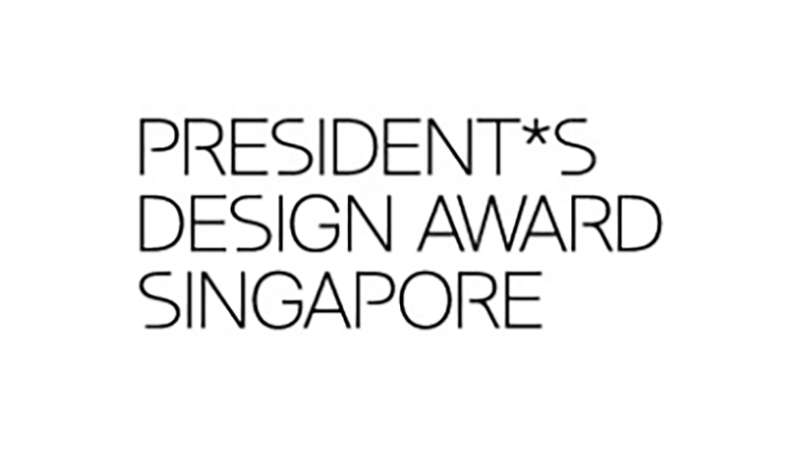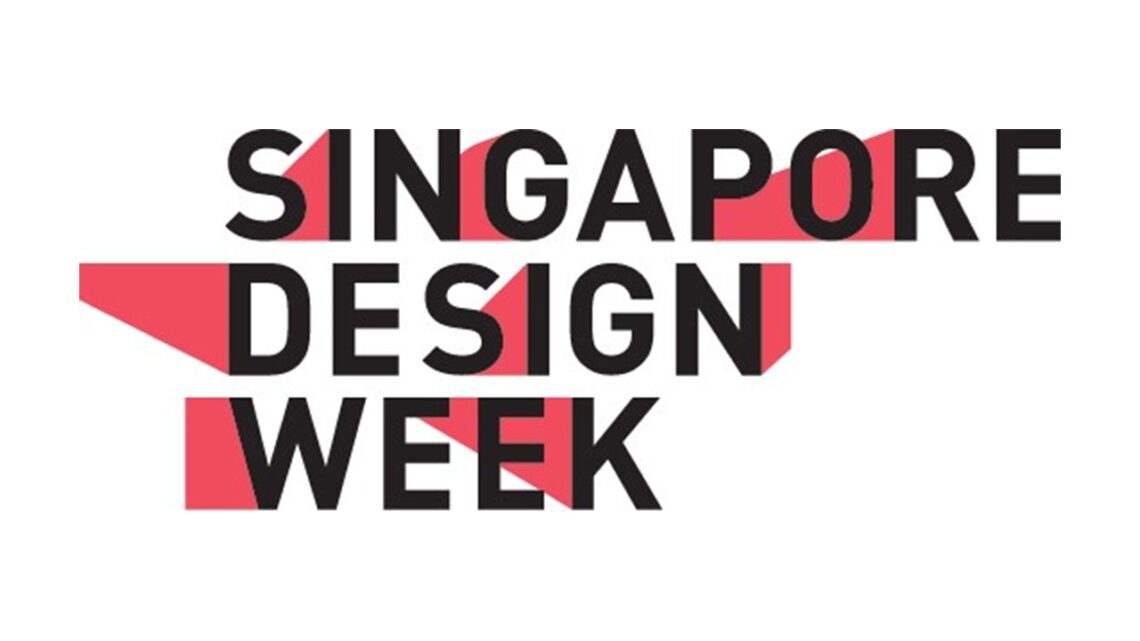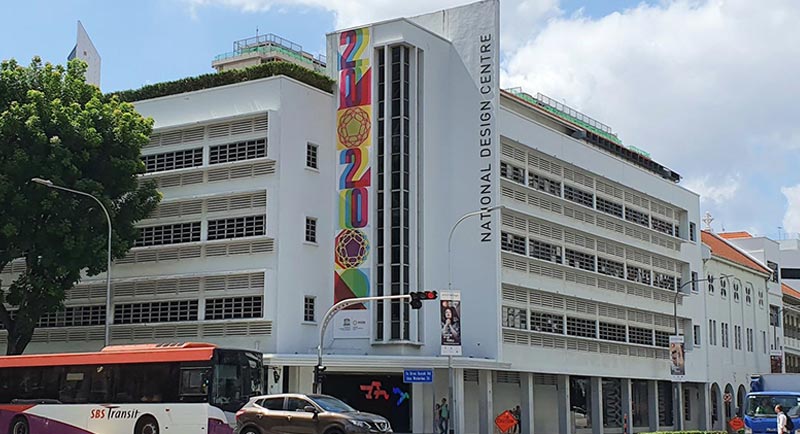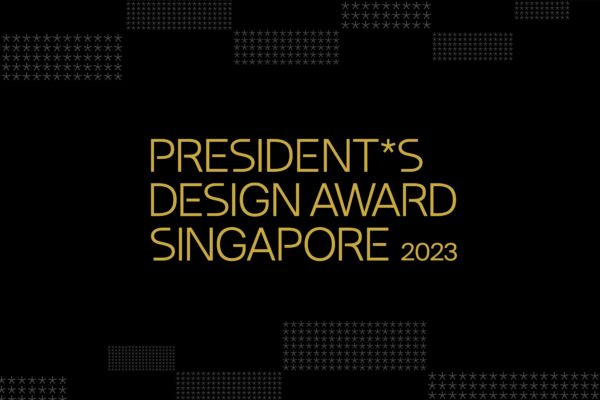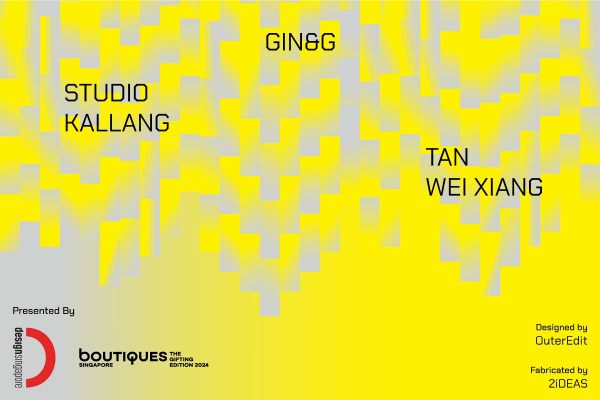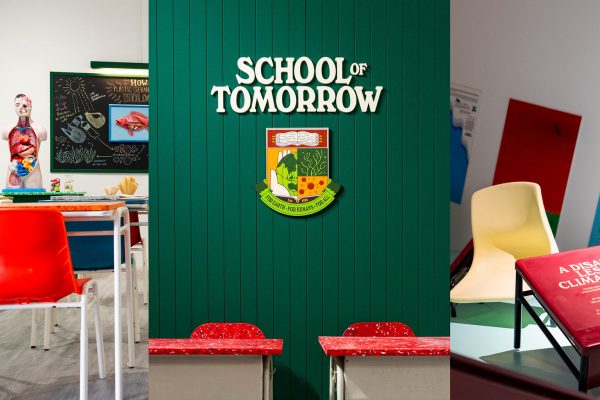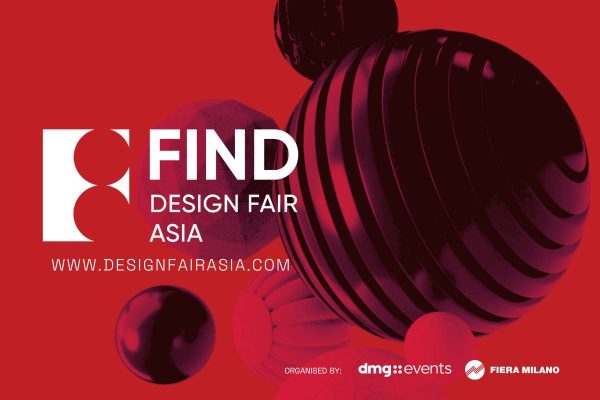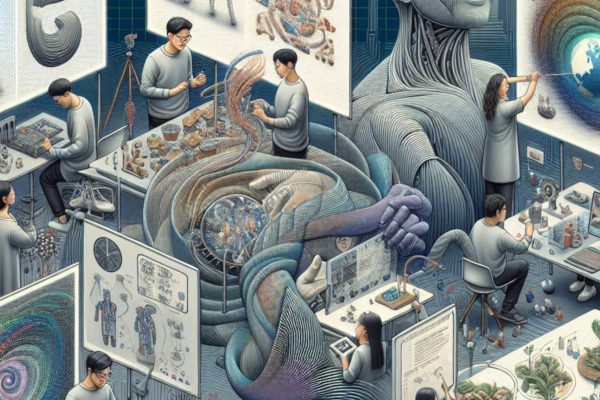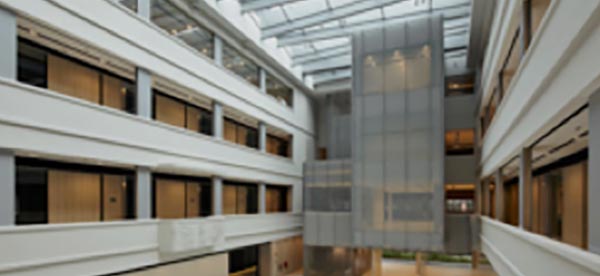In a career spanning almost 25 years, he has gone from designing just for print to branding the interiors of retail, restaurants and hotel chains through his firm Asylum. Confronting the latest digital disruption of the creative industry, the designer is making yet another transformation – one he sees as the way forward for designers to thrive in the future.

Article by Justin Zhuang
Since 1999, Lee has been the creative director of what many regard to be one of Singapore’s leading brand consultancies today. Asylum’s designs have won hundreds of industry awards, and its projects are found not just in Singapore but in cities around the world. They include designs for international brands such as Hublot and Aesop to local favourites, including the National Gallery Singapore, 4Fingers and The Warehouse Hotel.
But after almost 25 years of helping clients tell their brand stories, the designer is pivoting to building his own brands instead.
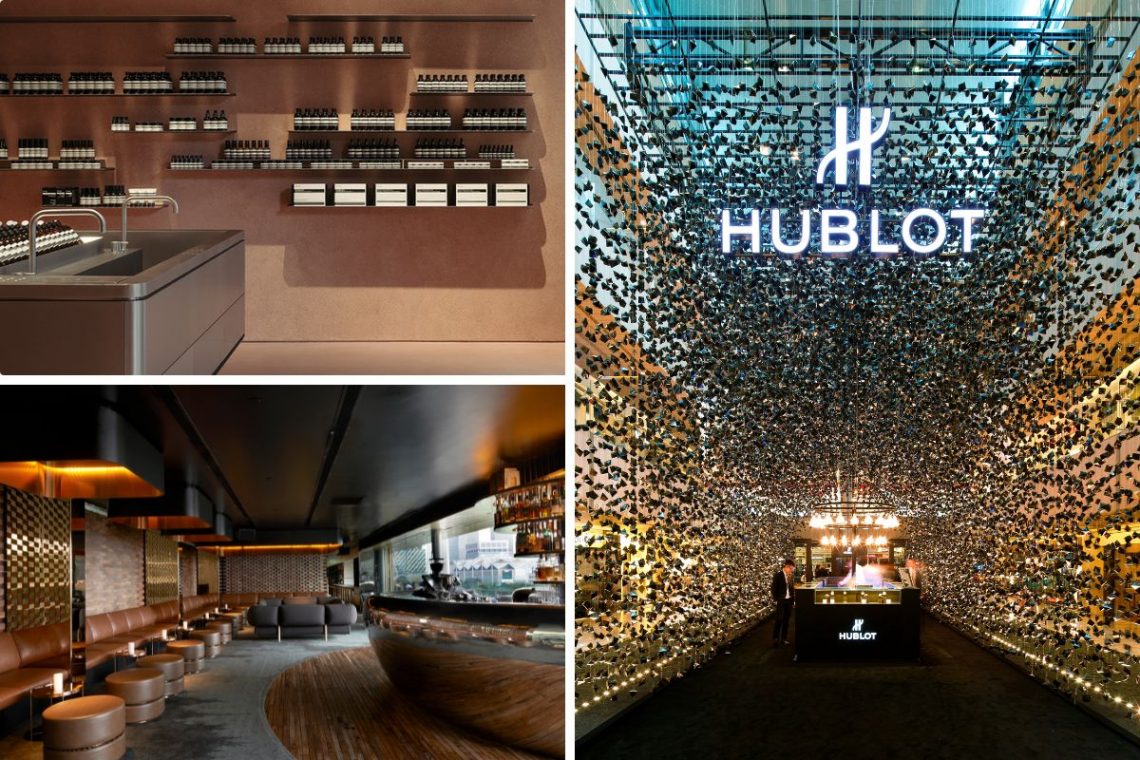
“As designers for other brands, you only touch and go… it’s like we are surrogates who give birth and don’t know how our baby grows,” says Lee. “As you grow older, you want more control and see how a brand grows. Not just in terms of design, but also how design affects the business.”
Beyond a matter of age, the designer in his fifties today is also discouraged by how many clients today judge a design simply by how well it performs on social media.
“A lot of creative things are on the edge, and the most brilliant works were never well accepted when they were first conceived. Today, they die before they even get out because of data and everyone gets a vote,” he says.
Amidst what he sees as a rising tide of blandness in brands, Lee is building and designing his own ones instead. He has plans to develop hotel or residential projects in Japan and to team up with Japanese craftsmen to bring their products to the world.

I feel you have to be resilient to the market and the only way is to create your intellectual property,” he says. “As a designer, do your own thing if you can.
— Chris Lee
A crazy leap into design
Becoming an entrepreneur, however, was not an option for a young Lee when he graduated from Temasek Polytechnic’s design school in 1995. He had to make up for lost time having previously struggled for two years in an electronics engineering course. Inspired by the music album covers he collected, Lee switched to design in the hopes of one day working on them too. As there was no such industry in Singapore, he ended up working in advertising. After four years in advertising giants Ogilvy & Mather and Bartle Bogle Hegarty (BBH), Lee left to start his own studio. He wanted to work with clients who could accept his crazy ideas, including naming his studio “Asylum”.
From its beginnings, Asylum billed itself as a “multidisciplinary” practice as Lee believed that a good idea is not restricted by medium and the best brands in the world have multiple touchpoints that are done well. His original team of six designed all the printed collaterals for a brand, including its logo, name cards and packaging. Over time, however, Lee felt Asylum was missing out on the largest aspect of a brand’s experience.
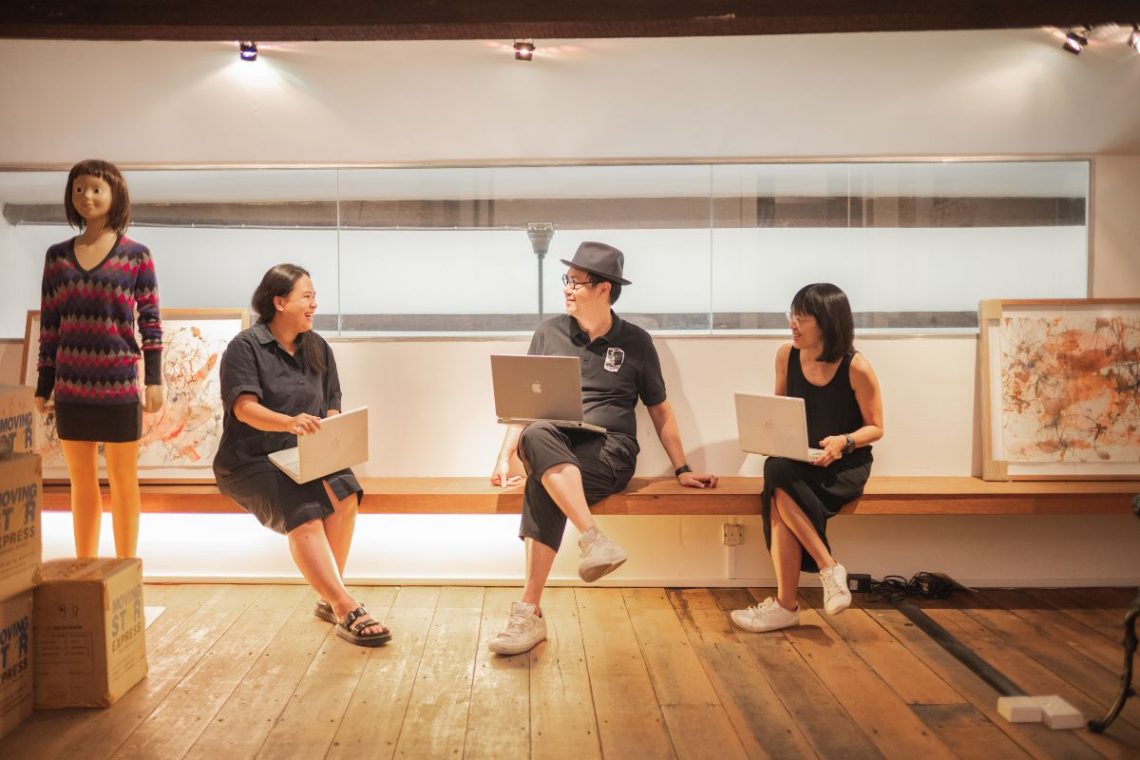
“We felt a lot of the times while we did the branding, the interior was not on par or in alignment of the vision we have,” he says. “We really need to take control of the space too.”
From branded interiors to designer hotels
Asylum’s big break into spatial branding came in 2002 when it won a pitch together with American ad agency Fallon to design Sony’s showroom in Shanghai. They worked with an architectural firm to realise the project, which allowed Lee and his team to learn on the job. As Asylum picked up more spatial branding projects, Lee began hiring interior designers to develop this capability in-house. His original team picked up new skills too. Account servicing staff became project managers familiar with furniture, fixtures and equipment, while designers learnt to meet clients and solve problems on site. Asylum’s expansion from print into interiors reflected the growth of opportunities for designers in Singapore, Lee says.
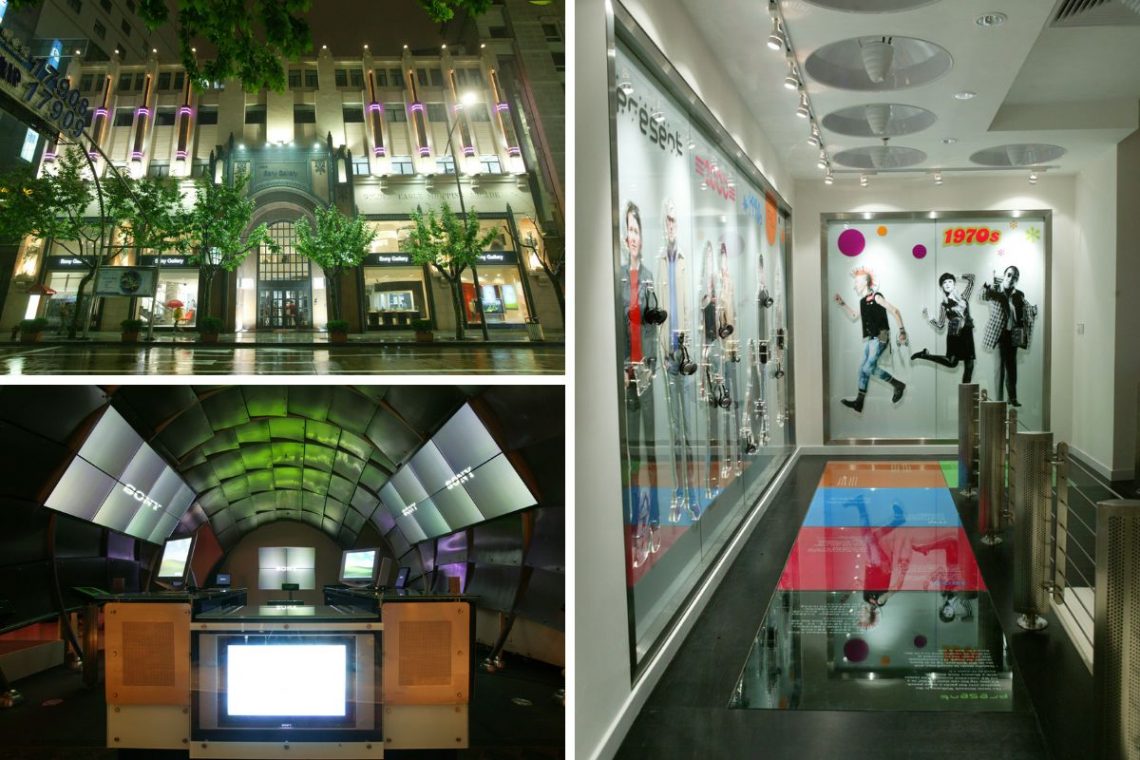
“The market in the 1980s and 1990s only had those genres of work. As the scene matured, you see designers like me branching out into areas we were interested in. Some who are steadfast in their discipline stuck to what they liked to do too,” he says.
“When we started doing interiors, it was also an era where clients started recognising that we were coming from a brand’s point of view to tell their stories, and we were different from a traditional interior designer.”
In 2010, Asylum’s spatial branding capabilities hit a milestone when its work for BBH’s Shanghai office clinched a President*s Design Award (P*DA) Design of the Year. The studio was not only designing workplaces by then, but also branded interiors for retail companies as well as restaurants. Another breakthrough came in 2016 when Asylum completed its first hotel project, The Warehouse Hotel. Its creative transformation of an industrial 19th century godown in Singapore into a chic boutique 37-room hotel caught the public’s attention and received the P*DA Design of the Year in 2018. The success opened the doors to more hotel projects, which today include Hotel Jen in China and Mondrian in South Korea.

As Asylum expanded further into spatial branding, opportunities to work outside of Singapore also arose. Between 2011 and 2013, it designed a series of Johnnie Walker Houses in Shanghai, Beijing and Seoul. When these gallery-cum-retail spaces for the whisky brand became sought after experiences, Lee saw a new vision for Asylum.
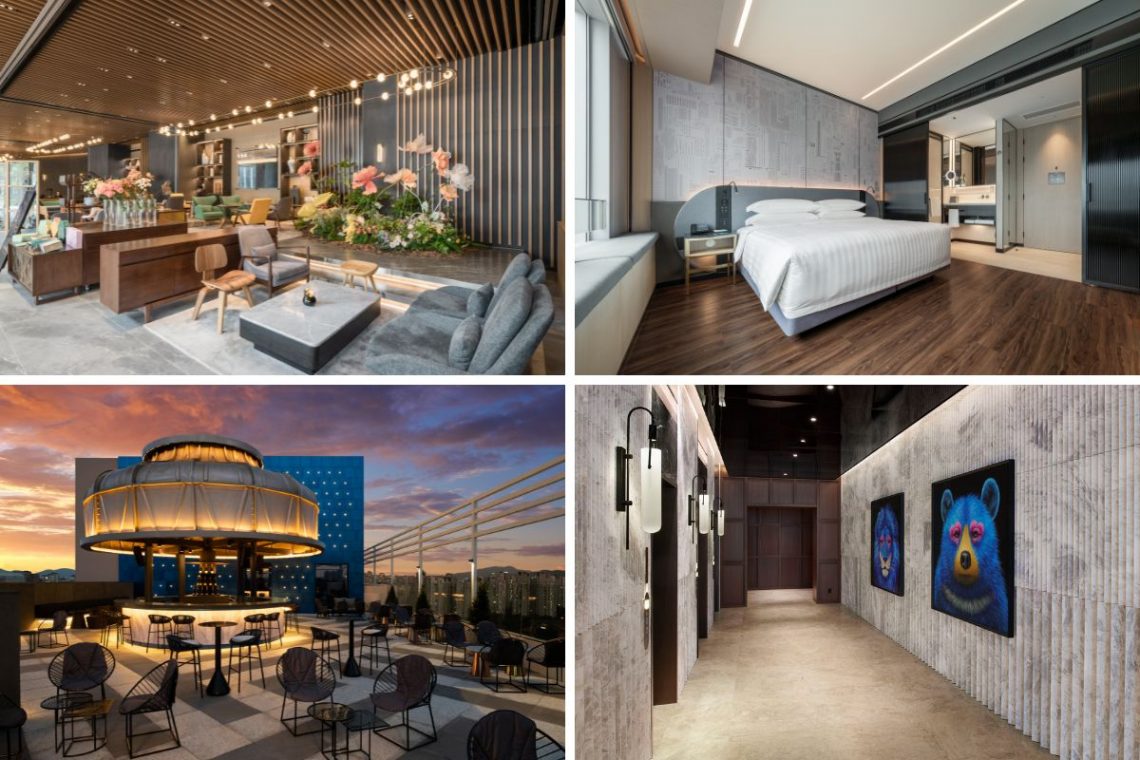
“We realise what makes us wake up every morning is to create sparks in different parts of the world that can make a place more liveable and loveable. We are here to do a little bit of that magic everywhere,” he says.
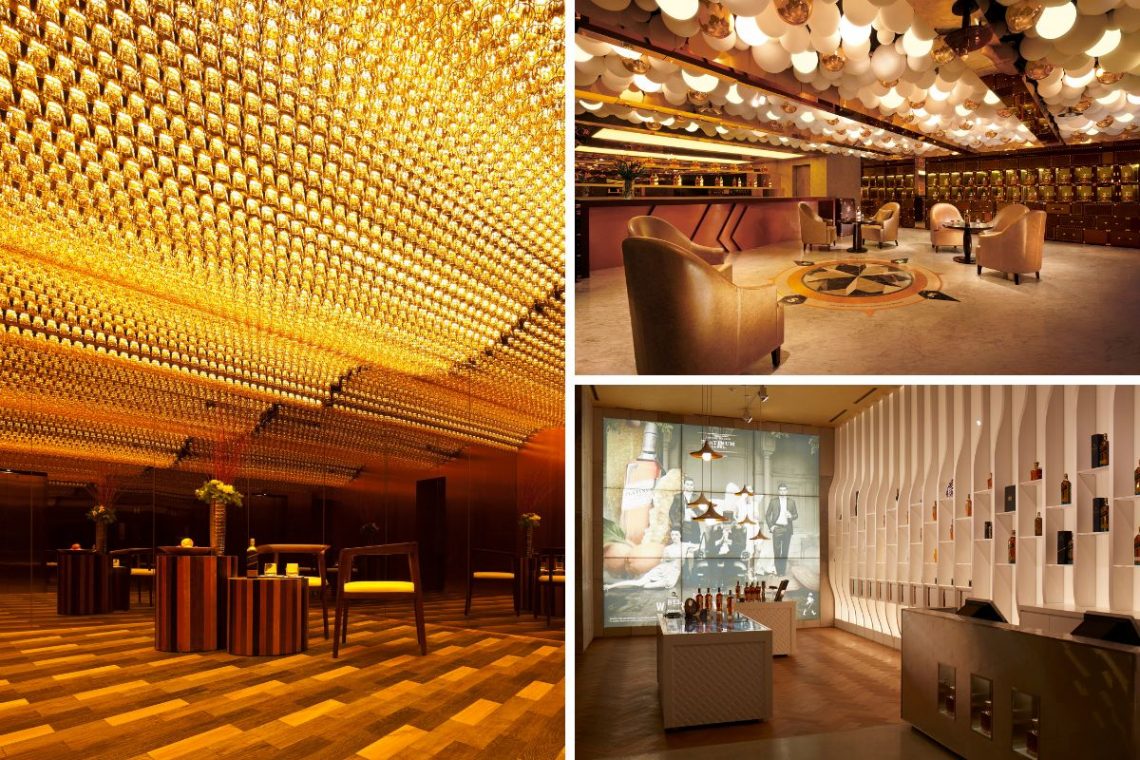
Through working overseas, Lee also realised global trends and cultures was part of the Asylum ethos as a design firm based in Singapore. His cosmopolitan team naturally created works that could plug and play anywhere in the world.

What is our big plus point, I think, is Singapore has always had a multicultural and diverse society,” he says. “If you want an international take on something and a slightly modern twist, that is where our forte is.
– Chris Lee
Giving back to Singapore design
After a decade of growing Asylum, Lee co-founded The Design Society in 2009 with a group of graphic designer friends in Singapore. They wanted to give back to the industry and raise visual literacy and design appreciation amongst the wider public.
The group organised design exhibitions, hosted events for creatives to share their works and even published a journal on visual culture. Through the group, Lee also started engaging the DesignSingapore Council (Dsg) and eventually served as a board member from 2012 to 2016.
“A lot of things that really affect designers are government policies, so without that crossover you are just a little group of guerrilla fighters trying to help the industry,” he says. “I felt it was important to have the opportunity to sit on committees that will affect policies and offer my voice as a designer.”
Lee praises the government for supporting the industry by doing away with free pitching by agencies for government projects, and offering grants to local companies undergoing rebranding. Dsg has also helped raise public awareness of design through the setting up of the National Design Centre in 2015.
“A space to promote design and celebrate designers been crucial for aspiring creatives who like design but don’t understand what it is,” Lee says. “When you visit the centre, you have a good idea of what you can do in design.”
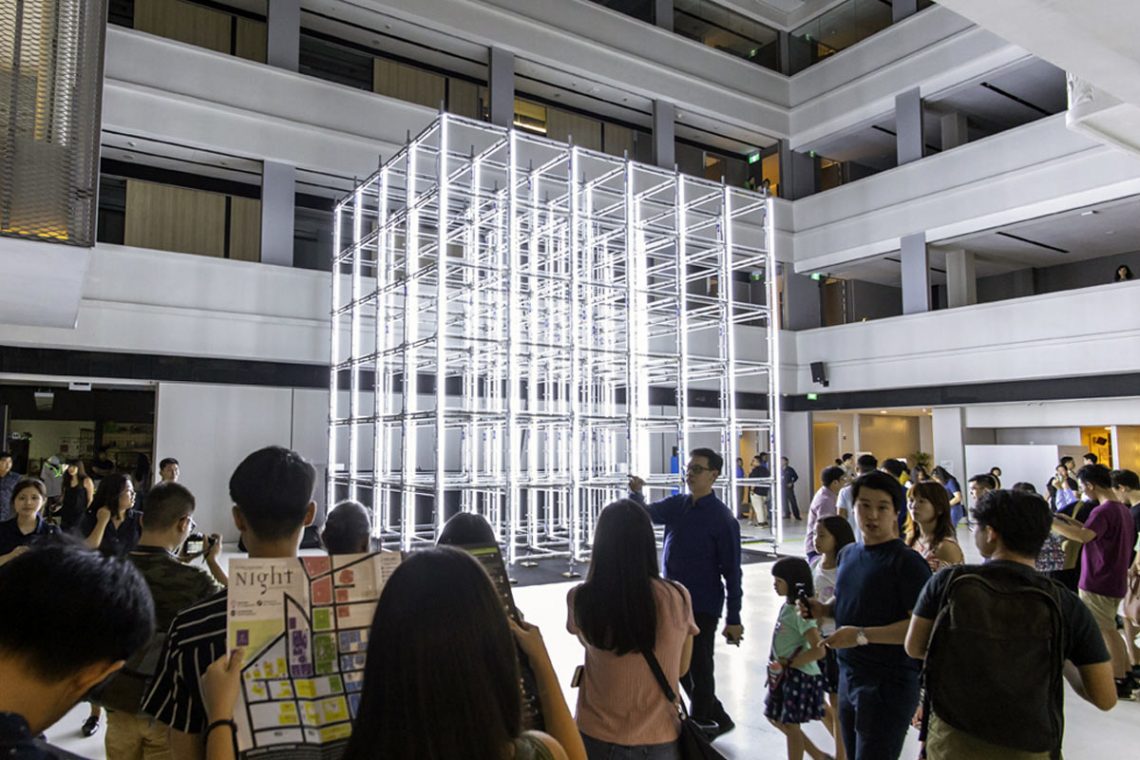
He is also particularly fond of the P*DA, which Lee served as a juror in 2012, 2013 and 2020. Although Asylum has won many awards, it is the three P*DA trophies – including two for Design of the Year and a third to Lee himself for Designer of the Year in 2009 – that have a coveted place in his house today.
“It is the only award recognised by your parents because the president is involved. A lot of design awards are for the industry, but the even the taxi driver knows about the P*DA,” he says.
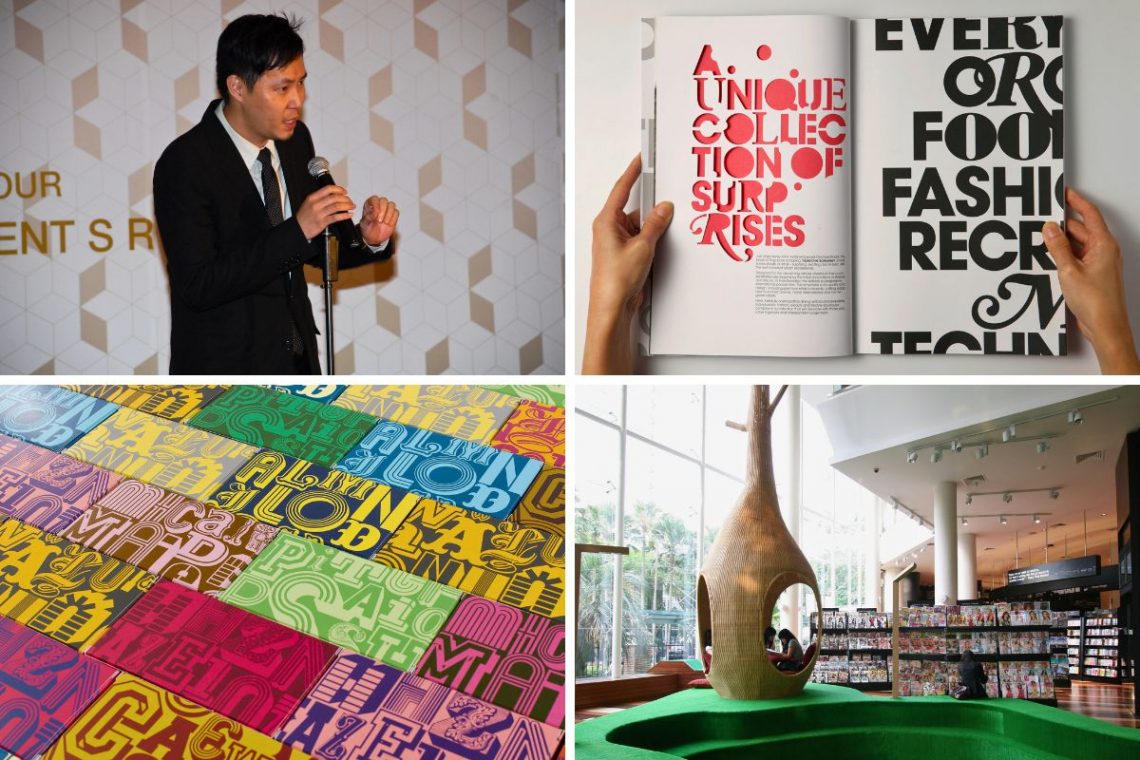
Design is serious business
If Lee were to start out as a young designer today, however, he would not work for clients but build his own brands instead. Since the mid-2000s, he has experimented with this idea by starting his own businesses. This includes the now defunct multi-label boutique Asylum Shop, the fashion distributor Amnesty, and more recently, homeware retailer Artifactt.

In 2008, he also launched the Chocolate Research Facility which quickly gained global attention for offering 100 different flavours of chocolates. Lee worked with a local supplier to develop the flavours, designed and marketed the brand, and opened three stores in Singapore and one in Shanghai within four years. However, after the manufacturer raised prices several times, Lee closed the business even though there were inquiries from around the world to franchise the brand.
“The chocolate business was when I realised design was just one component of the success of a brand,” he says. “Your inventory, management and factory are even more important. We weren’t making the chocolate ourselves and were beholden to the manufacturer.”
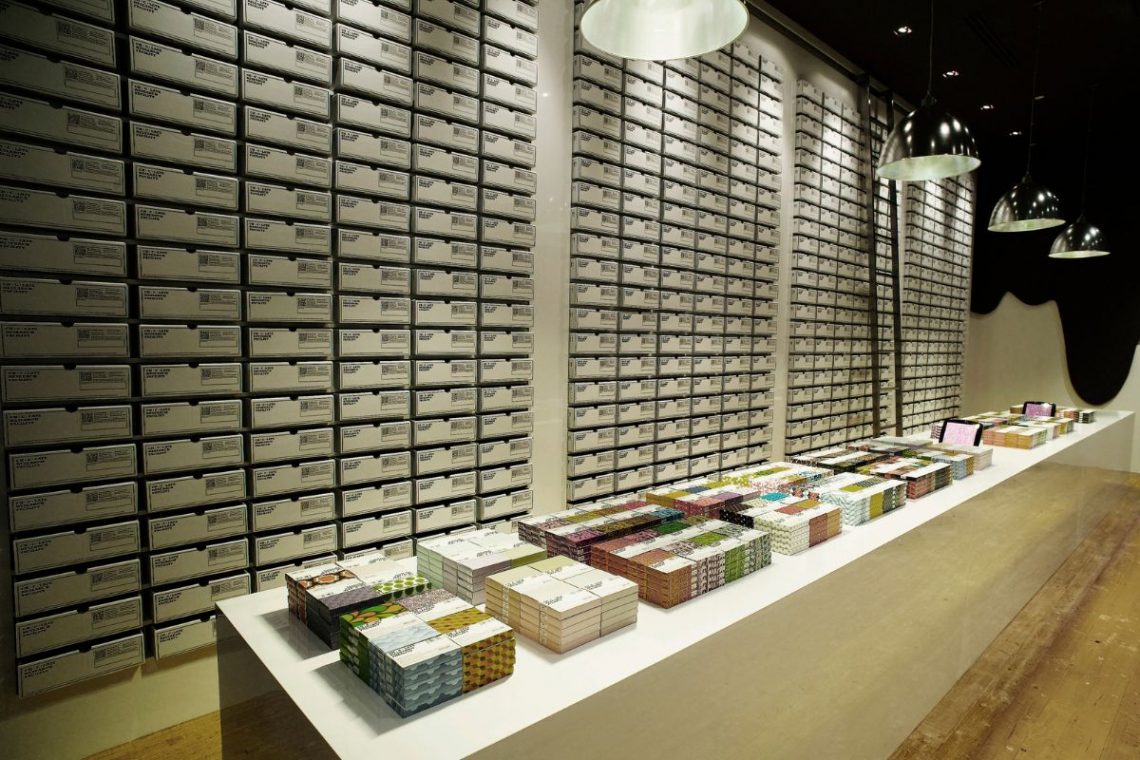
The experience strengthened Lee’s belief that designers must be business savvy from the day they graduate too. It helps them understand how design functions in a business, and also gain credibility with clients.
“For me, it is important for designers to understand business. So when you talk to a client, you are not just talking about typefaces of colour but how a business works, the customer experience and how you can add value,” he says.
Having worked closely with businesses for close to three decades, Lee is ready to make the leap to the other side. He may be semi-retired from design, but the designer in him will never die, Lee says.

Definitely design and business are a marriage. There is no one without the other.
– Chris Lee
Read our unfolding series of stories on creative discovery and making life in Singapore ‘Better by Design’.
